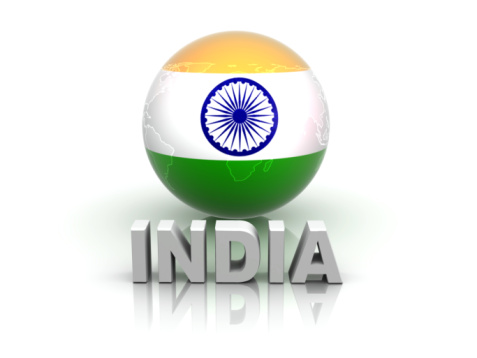We have been long hearing that the product ecosystem in India is at the inflection point and will grow significantly over the next few years (different consultants look at 2015, 2020 or 2025 to be that period :)). More than we hear this, we do hear lot of people talking about how the ecosystem is constrained, a number of challenges that exist and that India is not yet a “start-up” nation. Sure they have lot of data to support these as well. I also had more or less the same picture in my mind for a long time, but this is fast changing as I see some quality action in this space. Below are my quick observations on the “product ecosystem in India”:
1. It’s not just evolving, it’s happening: The product ecosystem has finally arrived and that too with full force. There are over 3,000 start-ups in the country today and 500 new start-ups are taking birth every year. The interesting fact is these start-ups are not a replica (or “copy”) of a globally successful company, but are truly innovative companies who are trying to address a genuine pain point (in their own way of course) in the global or domestic market. Most of the top VC firms globally have made commitments to India market, industry associations are aggressively looking at the start-up space, global incubators and accelerators are eyeing the Indian entrepreneurial landscape.
2. Modern IT is the new buzz word: Modern IT (Cloud, big data, social and mobility) is the new buzz word in the start-up space. While Indian ecosystem may have lagged behind in the traditional IT areas (don’t have enough data to prove this though) however these modern technologies are whitespaces worldwide and surely Indian start-ups do realize this. Over 70% of the new start-ups formed in India are focused on modern IT. In fact most of the 40 start-ups I met recently were based on modern IT. It is interesting to note the way these start-ups are defining use cases based on convergence of these modern technologies (cloud + Big Data OR Social + Mobile OR Social + Big Data etc.) and competing with some of the top companies worldwide
3. Indian entrepreneur is equal to a confident entrepreneur: I must say I was thoroughly impressed by the confidence that most of these start-ups had while talking about their vision, mission and the company. In my recent meetings with start-ups, it was fascinating to note how well prepared each of these entrepreneurs were, no one fumbled on the “tough questions” and everyone seems to believe thoroughly in what they were doing. While some of them went to the extent of being arrogant about this, most of them were flexible enough to take feedback and keep going
4. Indian start-ups as leader in their own niches: “No, we do not have any competition”, “We are the market leaders in this space”, “We haven’t come across a company like us worldwide” were very commonly heard statements during my recent meetings with start-ups. Of course they had a lot of data to prove this as well. Everyone was eyeing a large opportunity and a bigger market share in the times to come. I think we certainly have a few billion dollar companies in making from India
5. Who says enterprises only prefer working with big IT companies: This was a perception (at least I had one) that large Indian enterprises only prefer working with bigger IT companies. However, it was thrilling to note that many start-ups today work with some of the biggest Indian enterprises including Airtel, SBI, ICICI, Reliance, and many others. Some of the start-ups have also extended the customer list to include large global enterprises. Many of these engagements are enterprise scale and the pipeline for many of these start-ups looks very strong
I am personally thrilled by the progress seen in this landscape (and can go on writing about the same :)). While the ecosystem may have been weak for the last decade, that does not hold true for the current decade (beware consultants :)). It is time that we start recognizing this and help accelerate the ecosystem faster. Obviously, start-ups will need more support from the industry, associations, government as well as VCs/ angels/ incubators to evolve faster from the current state.




